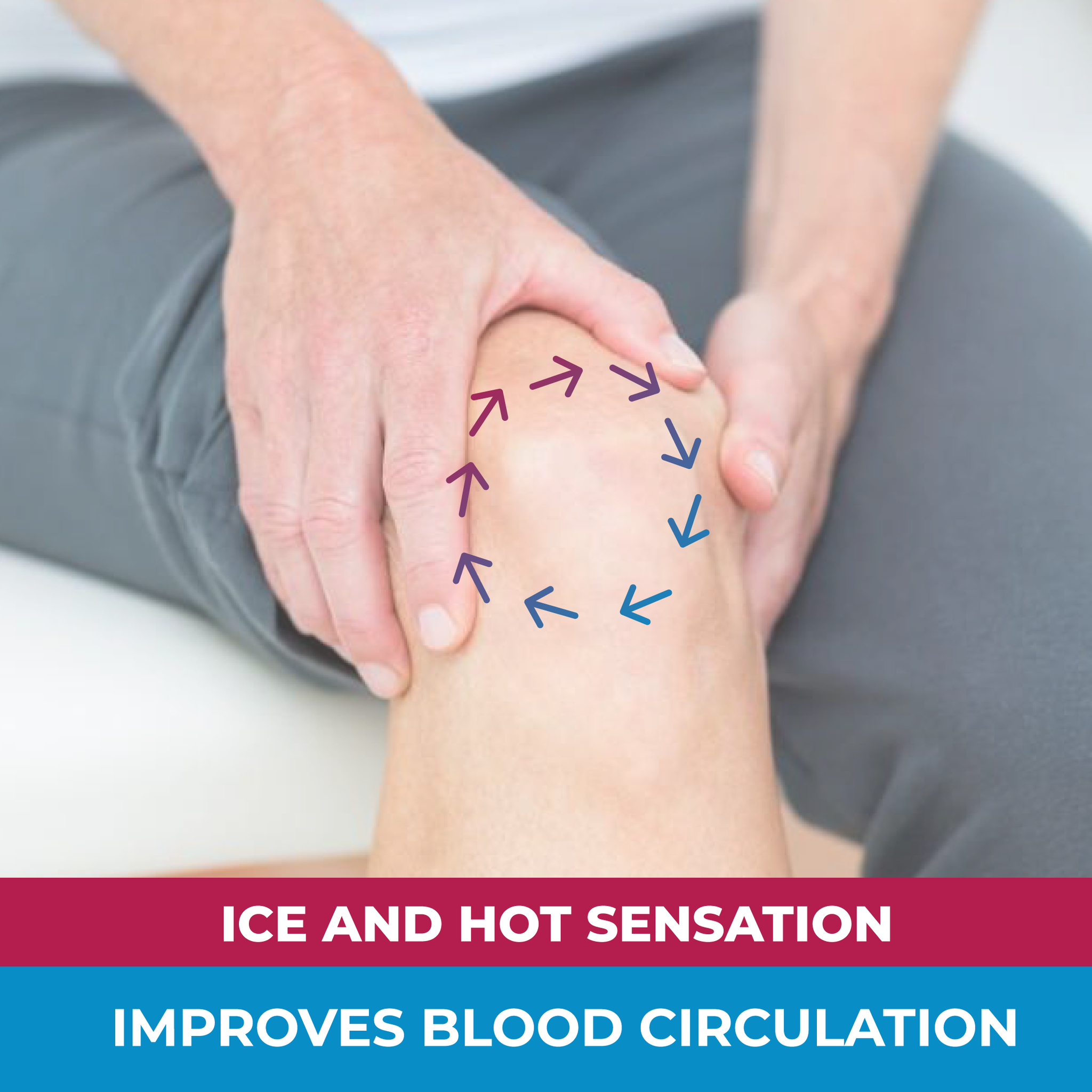
Arthritis is often perceived as a condition that only affects the elderly, yet juvenile idiopathic arthritis (JIA) is a reality for many young individuals. This form of arthritis can profoundly affect daily life, but an early diagnosis and a tailored approach to treatment can empower those affected to lead vibrant and active lives. Understanding the nuances of JIA is the first step towards effective management and maintaining a high quality of life.
From nonsteroidal anti-inflammatory drugs (NSAIDs) to more specialized disease-modifying antirheumatic drugs (DMARDs), medical treatments aim to minimize inflammation and pain. Yet, the journey to remission is often multifaceted, incorporating physical therapy and lifestyle adaptations. An individual's resilience and proactive management play critical roles in navigating the challenges posed by JIA.
Creating an Individualized Treatment Plan
The complexity of juvenile arthritis necessitates a personalized treatment plan developed in close collaboration with a pediatric rheumatologist. Such a plan integrates medication strategies to mitigate inflammation and safeguard joints, complemented by non-pharmacologic therapies that bolster overall health. For cases presenting with macrophage activation syndrome (MAS), targeted treatments like anakinra are considered, always with an eye on adaptability to ensure the best outcomes for the patient.
Embracing Physical Activity
Engaging in physical activity is pivotal for managing arthritis in young people. It not only maintains joint flexibility but also fortifies muscles and bolsters stamina. The key is finding enjoyable activities that align with one's physical capabilities. Swimming, cycling, and yoga stand out as particularly advantageous owing to their gentle impact on the joints.
Striking a balance between exercise and rest is also essential, ensuring that activity does not lead to overexertion. A physical therapist can be instrumental in crafting an exercise routine that promotes joint health while avoiding additional stress.
Nutrition and Arthritis Management
Nutritional choices play a significant role in managing arthritis. A diet replete with anti-inflammatory elements such as omega-3 fatty acids, antioxidants, and fiber can help dampen inflammation and support overall well-being. Conversely, processed and high-sugar foods are best minimized. Educating oneself on the interplay between diet and arthritis symptoms is empowering, leading to better health decisions. For culinary inspiration that aligns with arthritis management, our collection of holiday recipes can serve as a valuable resource.
Support Systems and Mental Health
Navigating life with juvenile arthritis is not solely a physical challenge but an emotional one as well. A robust support network—comprising family, friends, and medical professionals—is indispensable. Moreover, engaging in community activities and support groups can offer camaraderie and understanding. Addressing mental health through mindfulness, meditation, or counseling is equally crucial, aiding in the management of stress and the emotional toll of a chronic condition like arthritis.
Adapting Daily Routines
Even minor adjustments to daily routines can significantly alleviate arthritis symptoms. Utilizing ergonomic tools, assistive devices, and proper joint protection techniques can reduce strain and improve functionality. Self-management education is also valuable, enabling young individuals to monitor their symptoms and respond effectively, thus preserving their autonomy.
Despite the hurdles presented by arthritis, an active and fulfilling life remains attainable. Through a combination of strategic treatments, lifestyle changes, and support systems, youths with arthritis can chase their dreams and flourish. It is crucial to remember that while arthritis is a part of their lives, it does not define them.


Leave a comment